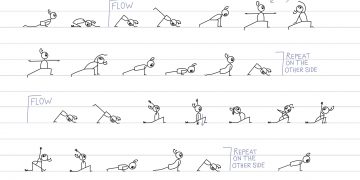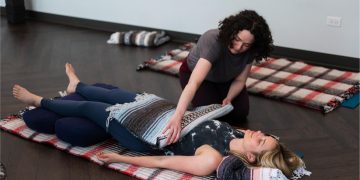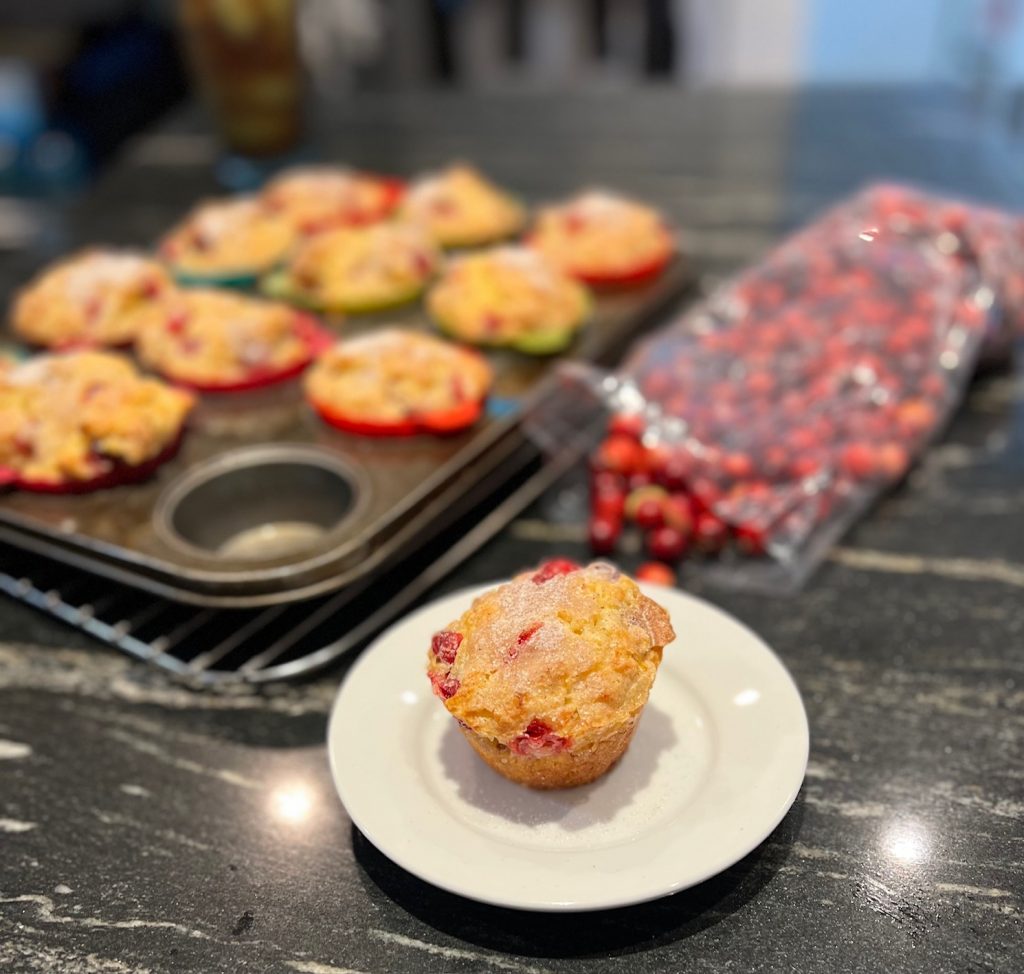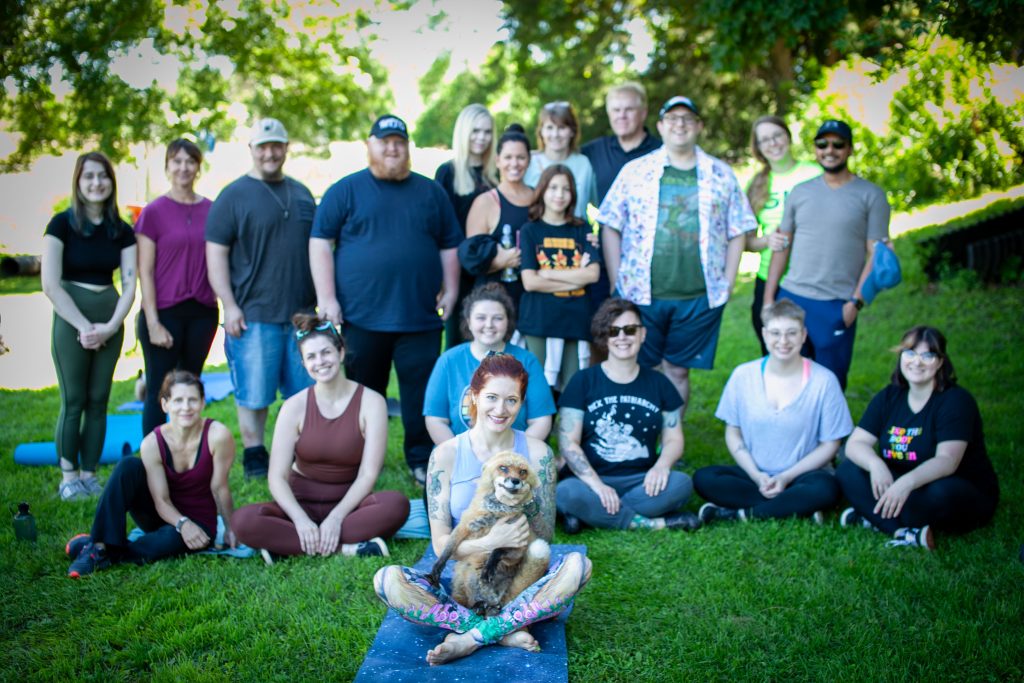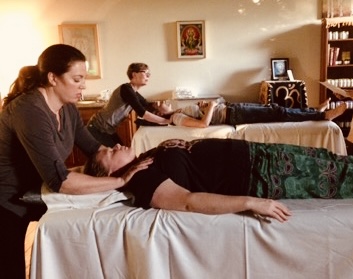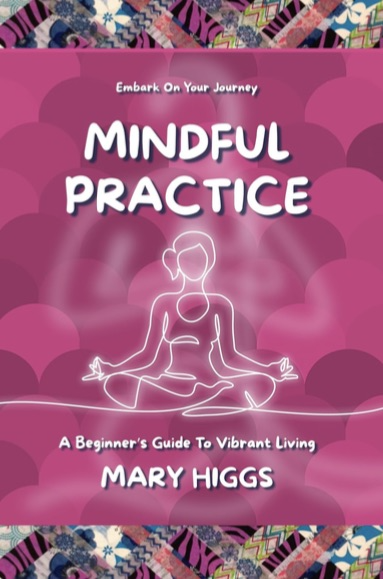“Your voice is so low and melodious, I just kind of tuned out.”
“I love what you’re saying, but I can’t hear it.”
“SPEAK UP!”
The last note is from my dad, but it’s a refrain I’ve heard many times from many people, in many instances.Yet I still struggle to notice when my voice gets softer. From what I’ve observed in yoga classes, I’m not the only one.

For group fitness instructors, yoga and meditation teachers, or anyone who speaks in a forum-type atmosphere, finding a consistent range of vocal volume with efficient prompts forms the bedrock of effective instruction. This isn’t a recommendation to simply speak in a loud monotone throughout the class; it’s a reminder that everyone, from the seasoned to the green, can enhance clarity in their cues.
How aware are you of your vocal volume when teaching? Or what other factors might affect your student’s ability to understand you?
Try recording your next class or session. Put your phone or device down in one spot. Listen to it afterward (yes, I know, this might be the most painful part of the whole exercise as no one likes listening to their own voice!), and note any of the following tendencies:
- Can you clearly hear everything?
If you can hear your voice wavering in and out from the point where you placed your recording device, you can bet your students experience the same thing.Myriad pieces of advice out there tell you how to increase volume in the studio. The basics come down to taking the time to breathe deeply, avoid strain, stay hydrated, and find a slow, steady cadence. - Are you over or under enunciating?
Our voices naturally go up and down, but sometimes instructors will exaggerate the emphasis on some words (IN-hale, EX-hale, MAN-tra), which can be distracting.If you can hear yourself doing this, tune into why this happens. For some folks, it’s about breath rhythm or increasing diaphragm strength. Inhale deeply, like you’re literally filling up the entirety of your chest. Hold for a count of four or five, and then exhale for a count of seven or more. Feel the air coming out, deflating your belly. This helps train you to speak from an “expansive area,” as voice coaches call it, resulting in a more measured tone. - Are you using filler words?
Ah, the comfort of filler words. In normal speech, filler words include, um, hmm, and so on. For a yoga instructor, it includes infusing straightforward cues with qualifiers and adjectives. Are you asking students to gently inhale, prefacing postures with I want you to…, or punctuating your classes with great! or good!?Becoming comfortable with moments of silence is necessary. You don’t have to offer constant refinements or encouragement. Many people struggle with removing filler words from their vocabulary. When you feel the impulse to use a filler word or phrase, try taking a full breath in and out. Is it worth saying? - Are you slurring?
Slurring is starting off a cue or a sentence strongly but then trailing off toward the end. Your students or audience will hear the first few words clearly but struggle to hear or understand the rest.Try talking to yourself while driving, doing laundry, or anything allowing you to effectively multi-task. Pay attention to your sentences and if you’re maintaining the same volume (or intentionally lowering/increasing if appropriate). If you’re slurring due to running out of breath, try to speak slower, take more breaths, and relax.
The goal of each of these exercises is to move from a state of unconscious incompetence—the place where we don’t realize what we’re doing—to unconscious competence, where we can speak well without thinking too much about it. But the steps in between conscious incompetence (where we’re painfully aware of everything wrong) to conscious competence (where you’re aware you’re fixing your issues) can be painful. Give yourself the grace to be yourself but accept it won’t always be perfect. This will lead to feeling heard, emotionally and literally.
Good news for those who need to increase vocal volume: naturally loud and clear speakers can have a hard time modulating their voices between loud and soft, which comes more naturally to us soft-toned folks. Our voices have their own desirable qualities, like being low, melodious, and captivating. Just make sure your audience can enjoy these qualities, too.
Meghan Hatalla is a body-positive Minnesota yoga instructor and life design writer.




